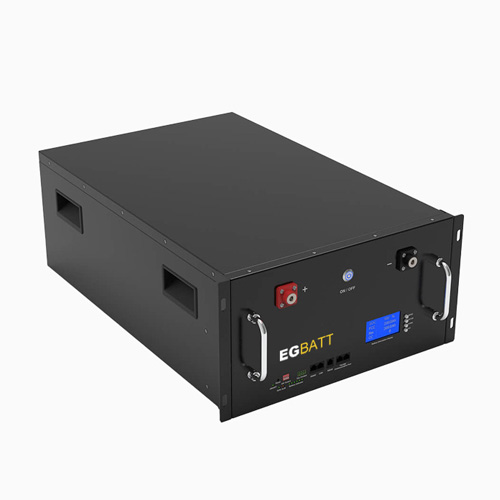Detailed Explanation of Lithium-Ion Battery PACK
1. What Is a Battery PACK?
In an energy storage system, the battery PACK (or battery pack) serves as the core power unit. It combines numerous single cells through a scientific series-parallel configuration and integrates systems such as the BMS (Battery Management System), thermal management, structural parts, and electrical components.
Much like the “heart” of the system, the PACK determines both the energy storage capacity and power output. Its working principle is based on lithium-ion movement between electrodes: during charging, lithium ions embed into the negative electrode; during discharging, they return to the positive electrode. By efficiently storing and releasing energy, battery PACKs ensure stable power delivery to wind farms, solar PV stations, and other applications.
2. Key Components of a Battery PACK
Battery Modules – The “heart” that stores and releases energy.
Electrical System – Includes busbars, high-voltage and low-voltage harnesses, and protective devices. The HV harness acts like “arteries” delivering power, while the LV harness functions as a “nervous system,” transmitting real-time signals.
Thermal Management – Ensures optimal temperature through air cooling or liquid cooling (cold plate or immersion). Proper thermal control reduces temperature differences to ≤5°C, extending battery life.
Housing – The “skeleton” of the PACK, providing support and protection against impact, vibration, and environmental stress.
BMS (Battery Management System) – The “brain” of the PACK, monitoring voltage, current, and temperature, balancing cells, and transmitting data for system-level control.
3. Characteristics of a Lithium Battery PACK
Requires high cell consistency (capacity, resistance, voltage, cycle life).
The cycle life of a PACK is usually lower than that of a single cell.
Must operate within specified limits for current, charging method, and temperature.
After assembly, the voltage and capacity increase significantly, requiring monitoring and protection.
Must meet the design target for both voltage and capacity.
4. PACK Assembly Methods
Series-Parallel Configuration – Series connections increase voltage, parallel connections increase capacity. Example: 3.2V × 15 cells in series = 48V; 50Ah × 2 cells in parallel = 100Ah.
Cell Requirements – Same type and model cells must be used, with differences in voltage, resistance, and capacity ≤2%.
Connection Process:
Welding (laser, ultrasonic, or pulse welding) – reliable but less flexible for replacement.
Elastic metal contacts – easier replacement but may risk poor contact.
Currently, laser welding is the industry standard due to higher efficiency and reliability.
5. Inside a PACK Production Line
A PACK production line includes several critical stages:
Cell Manufacturing – From electrode preparation to forming, electrolyte filling, and aging. The forming process (winding, stacking, or stamping) determines performance and lifespan.
Cell Testing – Filters out defective cells through capacity, resistance, and temperature testing.
Cell Grading and Assembly – Ensures consistency in module formation.
Packaging and Final Inspection – Guarantees safety and performance before delivery.
Among these, cell manufacturing and assembly are the most crucial as they directly affect the final PACK’s performance.
6. Future Trends in Battery PACK Technology
As the demand for energy storage grows, PACK technology is evolving rapidly:
Smart Manufacturing – AI and IoT will enable fully automated and digitalized production.
Green Development – Eco-friendly materials and energy-saving processes will dominate.
Customization – Tailor-made PACK designs to meet diverse customer needs.
Enhanced Safety – Stronger risk management and monitoring systems for safe operation.
7. How to Read PACK Specifications
Configuration Example: 1P24S = 24 cells in series, 1 in parallel → 76.8V (3.2V × 24).
Rated Capacity: 280Ah = discharge current × discharge time. At 0.5C rate, it can discharge for 2 hours.
Rated Energy: 21.504kWh = capacity (Ah) × voltage (V), representing the total stored and deliverable energy.
Conclusion
Lithium-ion battery PACKs are the heart and brain of modern energy storage systems. From design and assembly to thermal control and safety management, every detail matters for performance and reliability. With ongoing advances in automation, smart manufacturing, and green technology, the future of PACK production promises greater efficiency, sustainability, and safety—driving the global transition to clean energy.





